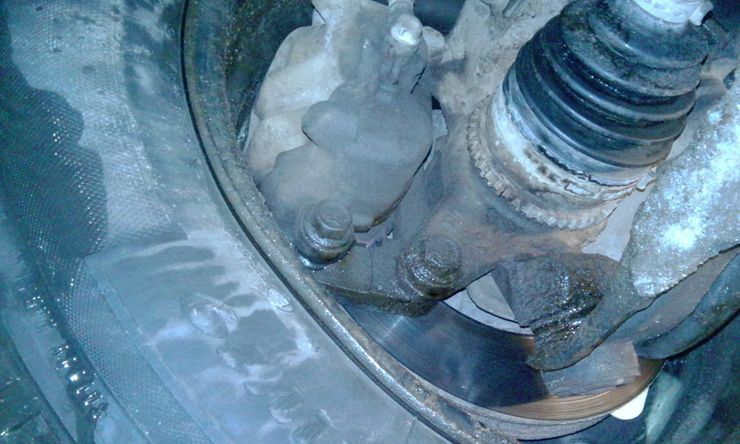Brake fluids are mineral (a mixture of alcohol and castor oil), glycol (a mixture of glycol ethers) and silicone (based on silicone compounds). “Mineralka” is good for everyone, except for one thing – it has a low boiling point. This makes use on machines with disc brakes impossible. Therefore, only synthetic fluids based on glycol ethers are now used.
Of course, such liquids are standardized in many countries. This is determined by safety standards. As for Russia, it has historically happened in our country that the American FMVSS 116 standard has become the most common, and it, in turn, is divided into DOT 3, DOT 4, and more recently, DOT 5 can also be found.
All of these liquids are quite reliable, as the glycol ethers contained in the composition have a high boiling point. This means that when the brakes are very hot, the fluid in the system will not boil. In addition, the excellent viscosity and lubricating properties ensure that the “brake” can be pumped through the system without any problems, both in hot and cold conditions. There is only one drawback – hygroscopicity.
That is, such a liquid quickly absorbs moisture, and when saturated with it, it loses all its benefits. The boiling point also decreases, the viscosity decreases at high temperatures and increases at low temperatures. Therefore, the fluid must be changed. Usually this happens every two years or after 40,000 km.














